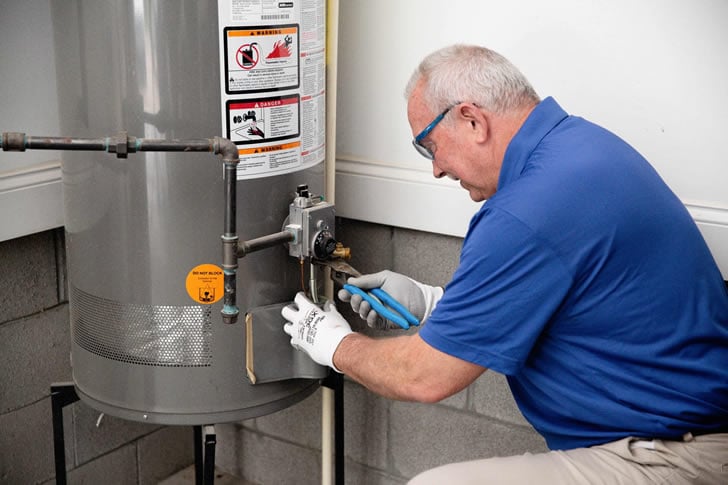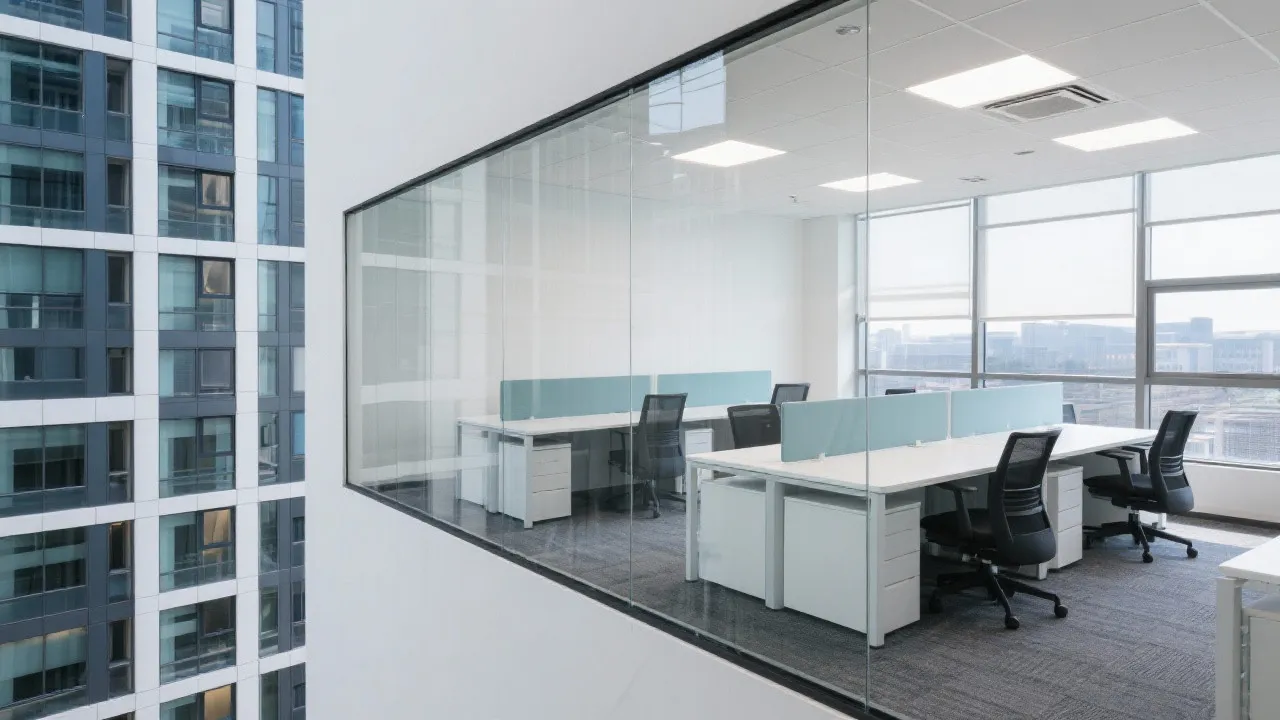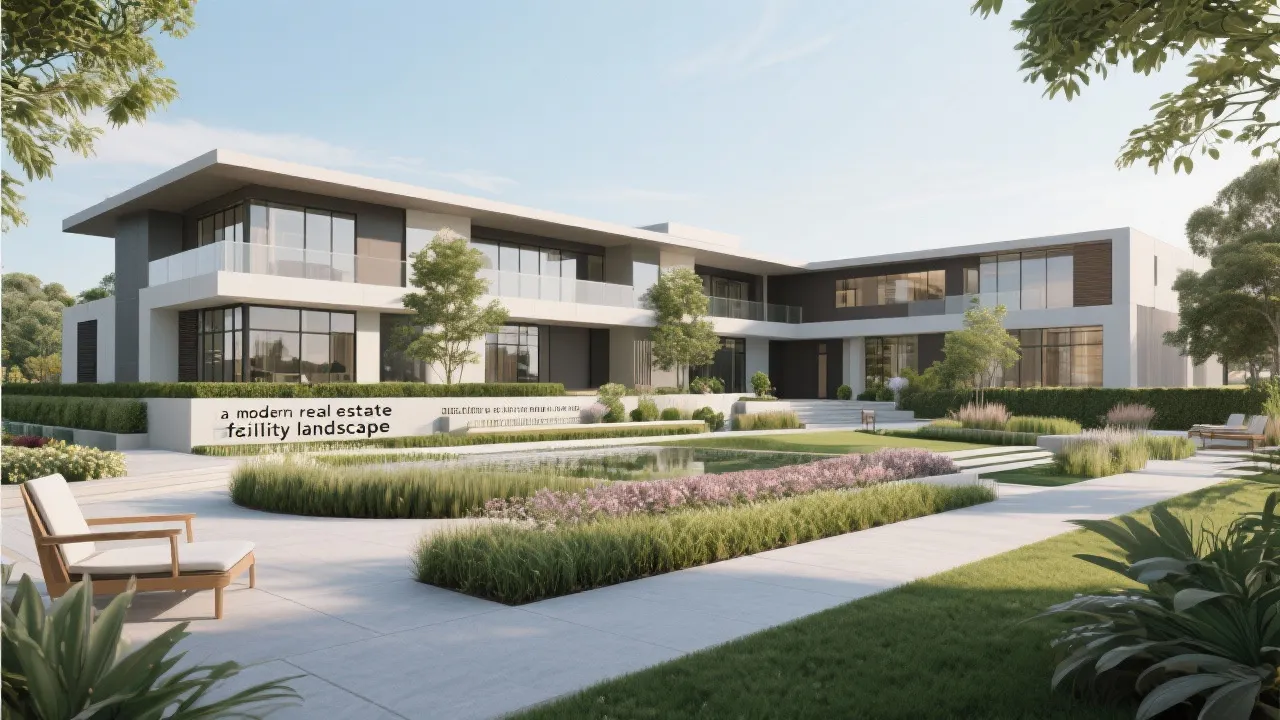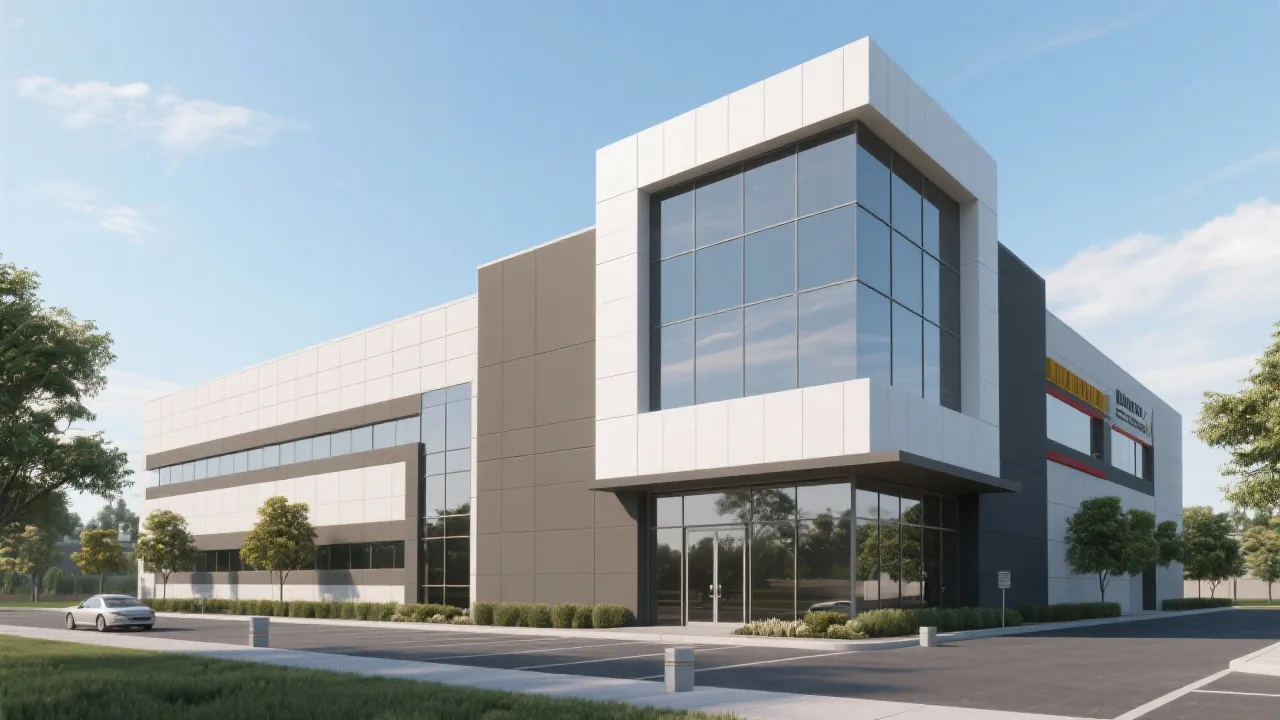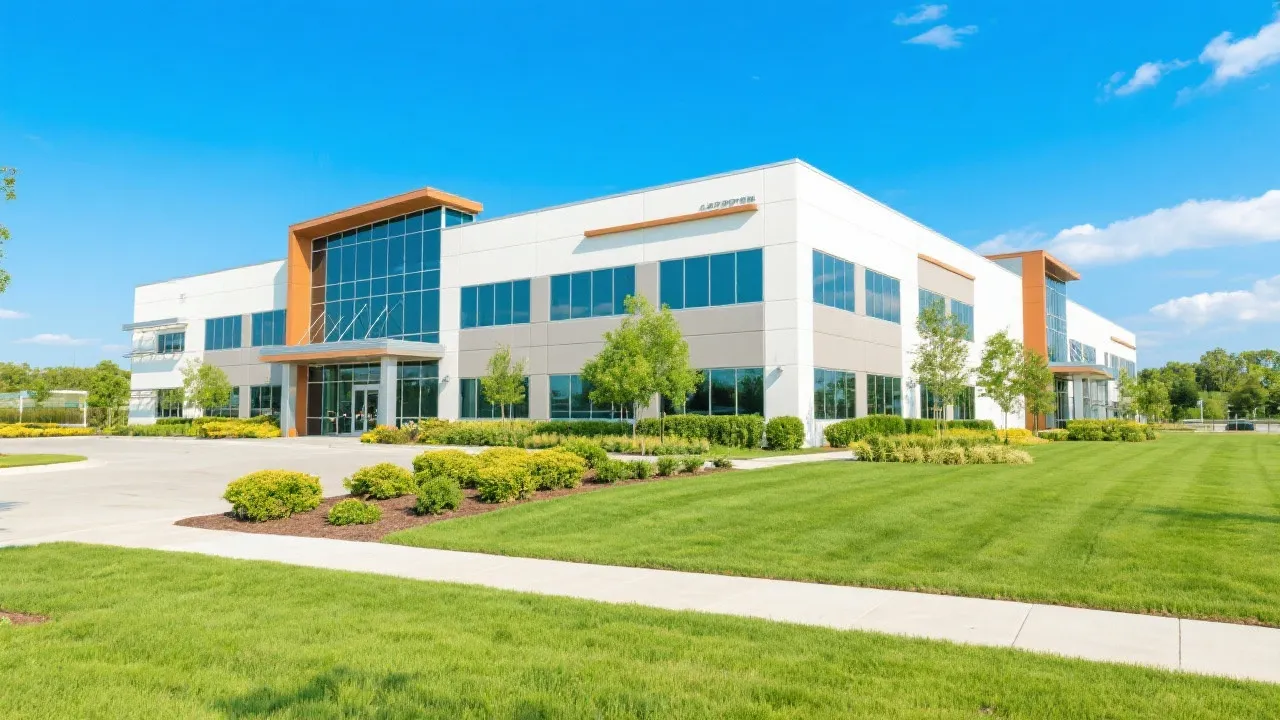Facility Realty and Its Impact on Property Ventures
Facility Realty represents a vital sector in the real estate industry, focusing on properties designed for business operations, storage, and large-scale utility. It ranges from warehouses to large commercial complexes, significantly influencing market dynamics by providing essential infrastructure for businesses. Understanding Facility Realty is crucial for stakeholders aiming to make informed decisions in property investments.
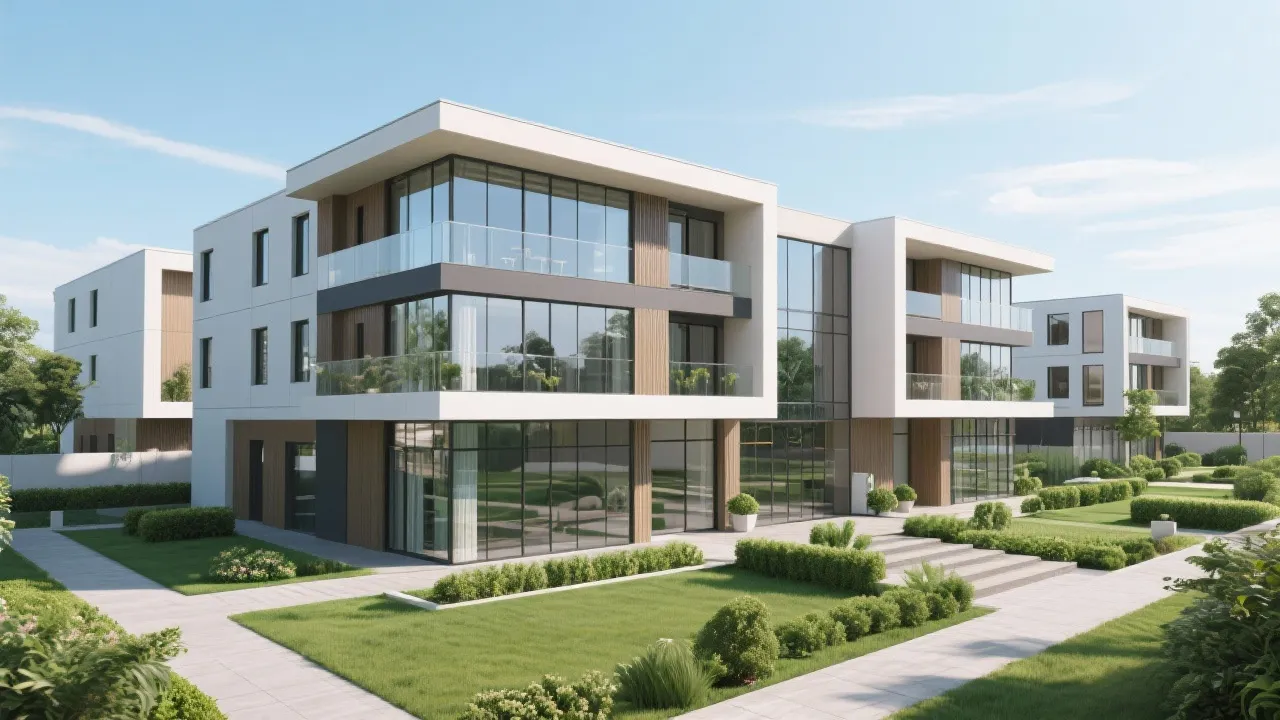
Understanding Facility Realty
Facility Realty defines a segment of the real estate industry that specializes in properties designed for a spectrum of business operations, including warehousing, manufacturing, storage, and commercial activities. These facilities are integral to an economy's infrastructure, offering the essential space resources required for various operations. Facility Realty's landscape is diverse, encompassing logistics hubs, shopping centers, industrial parks, and data centers. Each of these property types supports distinct business functions, which collectively enable the smooth flow of goods, services, and information within the larger economic context. For instance, as e-commerce continues to flourish, the role of logistics and fulfillment centers becomes increasingly vital, positioning Facility Realty as a cornerstone of modern commerce.
The Economic Role of Facility Realty
The importance of Facility Realty in driving economic activities cannot be overstated. By providing physical spaces where businesses can thrive, Facility Realty supports manufacturing, retail, logistics, and other sectors. This enhances productivity and efficiency by enabling businesses to strategically position their operations close to suppliers, customers, or transportation hubs, thereby reducing logistics costs and improving supply chain dynamics. Moreover, Facility Realty helps foster job creation through the establishment of new businesses and the expansion of existing ones. As corporations invest in these facilities, they create employment opportunities both directly and indirectly, benefiting local economies and encouraging community development. The ripple effects of Facility Realty extend beyond job creation, influencing housing markets, local services, and infrastructure development.
Key Characteristics of Facility Realty
Facility Realty involves distinct characteristics that differentiate it from other real estate segments. These include significant floor space, adaptable designs to cater to various business needs, and strategic locations that typically offer accessibility to major transportation networks. Moreover, such facilities are often equipped with sophisticated technology infrastructure to meet the demands of modern commerce. For instance, warehouses often utilize automated systems for inventory management, while manufacturing facilities may require specialized equipment and layout designs to optimize production workflows. Additionally, climate control, security measures, and sustainability features are becoming increasingly important in Facility Realty to align with regulatory requirements and consumer preferences.
Trends Shaping Facility Realty
The Facility Realty industry is evolving, influenced by several trends such as technological innovations, urbanization, and shifts in consumer behavior. The rise of e-commerce has heightened demand for fulfillment centers and last-mile delivery spaces. As customers expect faster delivery times and more convenient shopping experiences, businesses are responding by strategically placing facilities closer to urban centers. This trend is further exacerbated by technological advancements that have seen the integration of smart technologies to enhance facility management. For example, the Internet of Things (IoT) allows for real-time monitoring of equipment and energy usage, leading to increased efficiency and reduced operational costs.
Urbanization trends are pushing for the efficient use of space in densely populated areas, creating a need for vertically integrated facilities. In cities where land is limited, developing multi-story warehouses or industrial buildings allows for maximized use of available real estate. Additionally, sustainable building practices and green certifications are increasingly being adopted, reflecting the growing emphasis on eco-friendly operations within the facility sector.
Moreover, the COVID-19 pandemic has accelerated many of these trends, highlighting the need for flexibility in facility designs. Businesses are reconsidering their workspaces to accommodate hybrid work models, resulting in a rethink of traditional layouts in office and production spaces.
Investment Opportunities in Facility Realty
Investment in Facility Realty presents substantial opportunities due to its critical role in supporting growing sectors such as e-commerce and logistics. The diversification of the facility types available for investment, including warehouses, industrial parks, and specialized facilities such as data centers, allows investors to spread their risk while capitalizing on distinct market demands. Investors can capitalize on the increasing need for high-tech industrial spaces, environmentally sustainable design, and facilities with integrated technological solutions. For example, data centers represent a significant growth area, driven by the increasing demand for digital infrastructure and cloud services.
Understanding market cycles, demand-supply dynamics, and geographical factors is crucial for making informed investment decisions. Certain regions may offer better opportunities than others based on economic trends, population growth, local policies, and infrastructure developments. Investors must conduct thorough market research and analysis to identify emerging markets and anticipate future trends. The importance of local relationships and networks cannot be overlooked, as they can provide key insights and connections that are beneficial in navigating facility realty investments.
Furthermore, trends toward sustainability and eco-friendly operational practices present additional investment opportunities. Buildings designed with sustainability in mind often experience lower utility costs and can command higher rental prices, making them attractive to long-term investors.
Challenges in Facility Realty
While Facility Realty offers lucrative opportunities, it also presents challenges. Factors such as zoning regulations, environmental impacts, high development costs, and fluctuating market demands must be navigated. Zoning regulations can vary widely between regions, and a lack of alignment with local government policies can deter or complicate development projects. Environmental considerations, particularly concerning land use and infrastructure impact, also play a significant role in site selection and project planning.
High development costs are another barrier that potential investors and developers must consider. As the demand for advanced facilities increases, so do the costs associated with construction, technology implementation, and compliance with modern building codes. Fluctuating market demands can also complicate investment strategies, particularly in times of economic uncertainty or shifting consumer preferences. Therefore, strategic planning and comprehensive market analysis are essential to mitigate these risks.
Industry players often seek to diversify their portfolios by investing in different types of facilities or geographic markets as a way to buffer against volatility. Additionally, fostering relationships with local stakeholders and community groups can assist in navigating regulatory challenges, securing permits, and ensuring community support for new developments.
Comparison of Facility Realty Types
| Type | Description | Features |
|---|---|---|
| Warehouse | Large storage spaces used for holding goods, critical for logistics and distribution. | High ceilings for stacking, multiple loading docks for efficient operations, expansive floor plans for flexibility. |
| Industrial Park | A development designed for industrial businesses, such as manufacturing, featuring multiple facilities. | Comprehensive infrastructure, strong transportation access, utilities included, potential for mixed-use developments. |
| Data Center | Housing computer systems and data storage resources essential for IT operations. | Climate control, advanced security systems, high-speed connectivity, redundant power supply for operations continuity. |
| Logistics Center | A facility focused on the movement and warehousing of goods, often including cross-docking capabilities. | Proximity to transportation networks, automated sorting systems, real-time inventory management. |
| Flexible Workspace | Adaptive office spaces catering to startups and freelancers, with shared resources. | Hot desks, meeting rooms, community amenities, technology-driven services. |
FAQs
- What defines Facility Realty? Facility Realty involves real estate properties that serve business operations and industrial needs, including manufacturing, storage, and logistics.
- Why invest in Facility Realty? It presents a growing market with increasing demands from sectors like e-commerce, logistics, and technology, providing strong investment potential.
- What is the future of Facility Realty? With advancements in technology, urbanization, and shifts in consumer behavior, Facility Realty is evolving to meet new demands, including sustainable and smart building practices.
- How is technology influencing Facility Realty? Technology is reshaping Facility Realty through automation, smart infrastructure, and data analytics, enhancing efficiency and operational capabilities.
- What are the environmental considerations in Facility Realty? Environmental sustainability, renewable energy options, and eco-friendly practices are increasingly important in design and operational strategies for facility developments.
- What role do zoning and regulations play? Zoning laws and regulations dictate how properties can be used and developed, impacting Facility Realty projects by outlining permissible activities and required permits.


